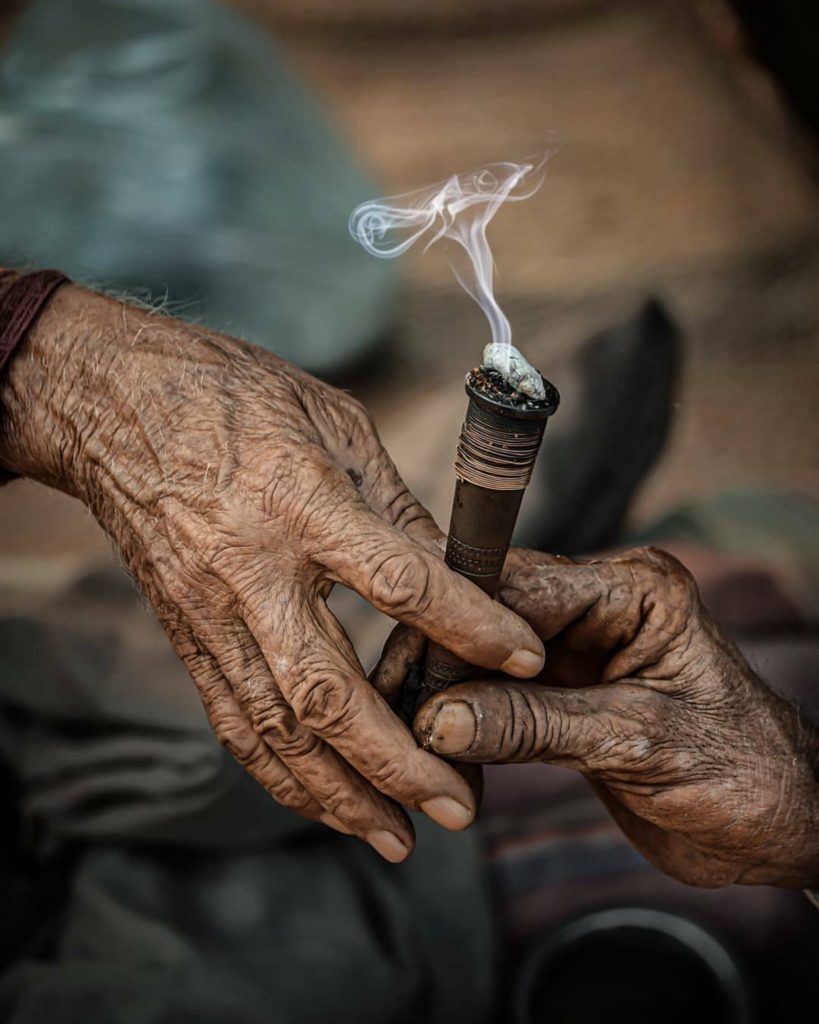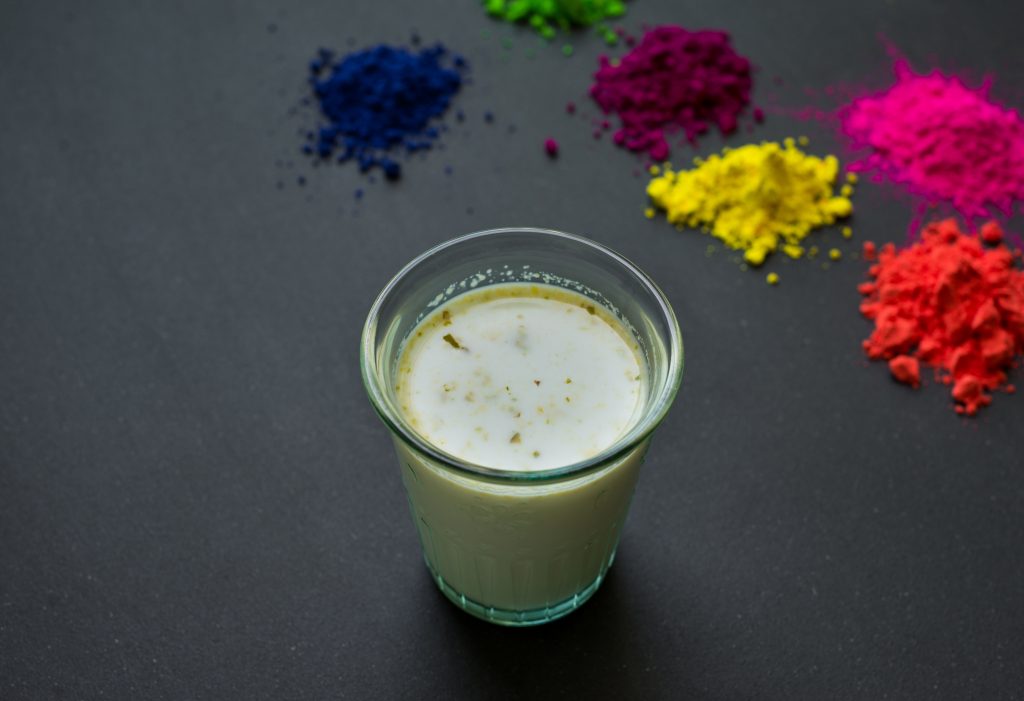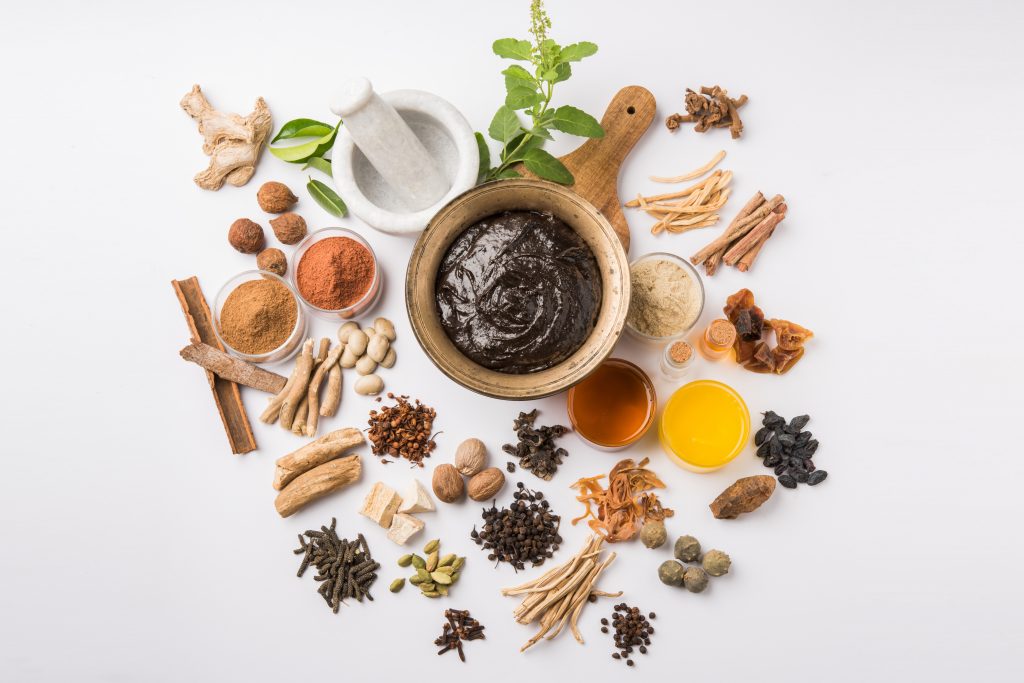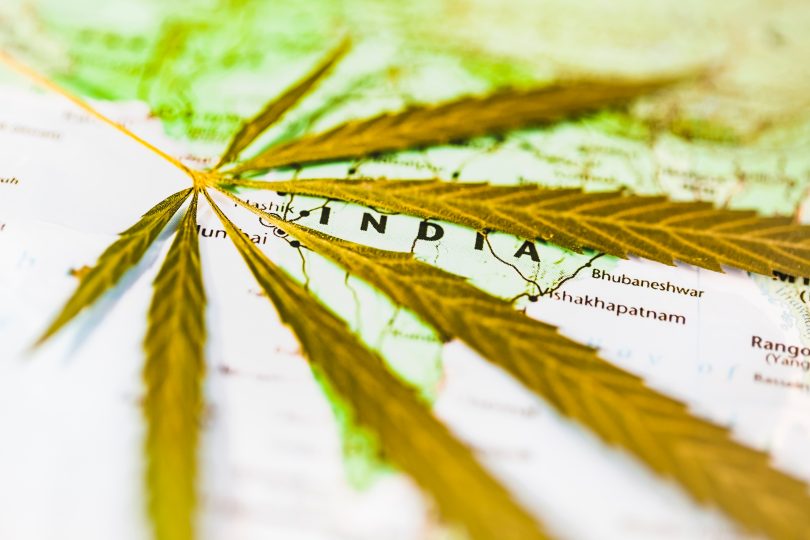India is the kind of place that has a rich history and culture of cannabis use going back thousands of years. Yet, even so, this does not equal a legalization today. Though recreational cannabis use is illegal, this does nothing to stop India’s bhang loophole from letting everyone use it anyway.
It’s the best time of the year to buy cannabis products! Check out current Delta-8 THC deals to get the best that’s out there!
India and cannabis laws
In India, according to the Narcotic Drugs and Psychotropic Substances Act of 1985 (yup, legal until then), both use and possession of cannabis are illegal, with no personal use laws present. 1985 marked 25 years since the initiation of the Single Convention on Narcotic Substances treaty which had allowed India 25 years to essentially get its house in order drug-wise, leading to the 1985 ban. This means, even being caught with a small quantity can incur the offender up to one year in prison and/or a fine of up to 10,000 rupees. When a person is caught with an amount greater than a ‘small quantity’ (1 kilo), but lesser than a ‘commercial quantity’, the prison sentence can go as high as ten years with a fine as much as 100,000 rupees. If a person is caught possessing a ‘commercial quantity’, the prison sentence goes up to 10-20 years, and the fine up to 100,000-200,000. Whereas repeat offenders caught with 20 kg or more of hash or a product with 500 grams+ of THC used to be subject to mandatory death sentences, this was struck down in 2011 by the Bombay High Court, and replaced with a death sentence option rather than requirement. Still pretty nuts.
To be clear on what exactly is illegal and where, the NDPS states that cannabis resins and flowers are illegal, but is fine with leaves and seeds of the plant, allowing individual states to set their own legislation accordingly.
Use crimes incur far more lenient sentences. Prison sentences are generally no more than a year, and often as short as six months and/or a fine of up to 10,000 rupees.
Sale and supply crimes are illegal, and the penalties are the same as for possession, with rising penalties with larger amounts of contraband. Trafficking, as always, is illegal, and offenders are subject to 10-20 years in prison, and a fine of 100,000-200,000 rupees. This is the same, you’ll notice, as the top possession penalty, and also comes with the ability for a death sentence. Even higher prison sentences than 20 years are given at times if the offender was violent, holds public office, involved a minor or a sale near an educational facility, or is part of organized crime.

Cultivation is illegal outside of scientific use, industrial use, or research purposes, all of which require special licensing. Offenders caught growing can face up to 10 years in prison and a 10,000 rupee fine.
CBD is actually perfectly legal to buy and sell in India as the THC content is considered not enough to produce a high.
What about medical?
India is a great example of medical contradictions. One of the things to understand about India is that it’s the home of Ayurvedic medicine, a natural medicine tradition that goes back thousands of years, and which is still used widely today all over the world (much like Chinese medicine). As such, cannabis has been used as medicine in India for thousands of years.
Now, having said that, because of current laws and bans which were all instituted in the last hundred years, India – a country that is home to one of the most famous medical traditions which includes cannabis – doesn’t actually have a federal medical cannabis program, although there is limited access to some cannabis medicines. Much like the US, different states in India have their own medical legalization policies. For example, India’s second largest state, Madhya Pradesh, legalized cannabis cultivation for medical and industrial purposes, in 2019. As a poor state, it was hoping to attract more business, and bring in more revenue with this new policy. How the policy helps its own citizens has not been as well defined.
This is, once again, rather sad considering India’s longstanding medical use of cannabis. In the traditional Indian medicine texts from thousands of years ago – Atharva Veda, cannabis is mentioned as one of five sacred plants. It doesn’t show up in Ayurvedic texts until the Middle Ages. In Ayurveda, the plant is split into three component parts: ‘bhang’ is the name used for the leaves of both male and female plants. The word ‘ganja’ is used to denote the flowering tops of a female plant, and ‘charas’ is the name given for the resin of the plant. To make things a bit confusing, these terms have changed a bit over time, with ‘ganja’ often simply referring to a cannabis plant in general, and bhang being used for a ganja-based drink (the basis for India’s bhang loophole).
Cannabis is essentially considered toxic and medicinal at the same time, and was cited for the indication of digestion issues, pain management, sleep issues, spastic issues, glaucoma, high blood pressure, psychiatric disorders, tuberculosis, tumors, and tons of other applications. And this was all passed down from well before Western medicine came into being.
But, bhang is sold a lot…
While cannabis is mainly illegal in India, one form of it isn’t illegal at all, making for India’s bhang loophole. The term ‘bhang’ as mentioned before, refers to the leaves of a cannabis plant, but it also refers to a cannabis drink. Bhang is a drink made by soaking cannabis leaves in water, and then grinding it all into a paste. The paste is then used in drinks like bhang thandai, and bhang lassi, both spicy, milky concoctions that are associated with religious festivals like Holi, but which are also general mainstays of Hindu culture.

In fact, in 1961, the Indian delegation at the negotiations for the Single Convention on Narcotic Drugs, opposed how intolerant the treaty was to its customs, both social and religious, and negotiated a use of language that doesn’t illegalize bhang, specifically in the mentioning of the parts of the plant used. Remember the original definition of bhang as the leaves of a cannabis plant? Well, the wording of the treaty is as follows: “”Cannabis” means the flowering or fruiting tops of the cannabis plant (excluding the seeds and leaves when not accompanied by the tops) from which the resin has not been extracted, by whatever name they may be designated.”
The presence of bhang, therefore, undermines the illegality of cannabis in India, and is widely available to the public, though different states have their own legalization policies, some instituting minimum use ages, some instituting maximum carry amounts, and some instituting other specific requirements for its sale. It should be pointed out that India’s negotiation for that linguistic deal in the treaty which creates India’s bhang loophole, meant a promised limit of hemp exports.
Bhang has religious uses, but it also has its place in Ayurvedic medicine, and is one of five sacred plants (as a part of cannabis) that is mentioned in Atharva Veda. It has been used to treat many issues from digestive issues to malaria to anxiety, and so on. According to one popular version of folklore, the Hindu gods roiled the cosmic ocean in a quest for the elixir of immortality (Amrit), and the god Shiva was called on to drink up the poison from the ocean, which burned his throat blue until the goddess Parvati mixed up some bhang to relieve him. Bhang is often offered to Shiva during the summer months.
Legalization issues
In the past several years, there has been more talk of legalization. One of the cases that has gained widespread notoriety, and brought much attention to the topic, has to do with the arrest of actress Rhea Chakraborty for the possession of marijuana – 59 grams of flower and 5 grams of hash. This arrest likely is connected to her possible role in the death of fellow actor and boyfriend Sushant Singh. However, the arrest is seen by many as an attempt to do something, among much media frenzy, and highlights the unfairness of laws that punish users over traffickers.
To give an idea of how badly the NDPS exploits personal users, a study by Vidhi Legal shows 59% of arrested users are caught with only personal amounts. This indicates the law punishes personal users more than traffickers, and would also indicate a massive reduction in arrests to omit personal use. In the same analysis, it showed that in Mumbai in 2017 and 2018, 97-98% of cases involved possession for personal use. That’s nearly every case.

One of the larger legalization efforts is made through The Great Legalization Movement India (GLM India), which was founded in 2014. This non-profit organization aims to educate the public as well as launch campaigns. The group was responsible for India’s first medical cannabis conference, which was held on May 10, 2015 in Bengaluru, India.
While recreational cannabis might take longer to legalize in India, there is a decent chance that the recent UN change in drug scheduling that takes cannabis out of schedule IV, and opens up legal medicinal use, might encourage more of India to legalize for medicinal use. This would be great on many levels. It would provide Indians with cannabis medications, as well as allowing the country to embrace its own history.
Conclusion
India represents different sides of the cannabis legalization issue. On one side is the country that changed international negotiations to maintain its use of cannabis, on the other is a country that eschewed its long history of medicinal cannabis use in favor of no federal medical cannabis program. Obviously, international regulation and pressure have had an effect on all this. As these regulations and pressures change and lessen, it could very well be that India’s bhang loophole will turn into a full medical legalization, and maybe not too far in the future, a recreational legalization as well.
Welcome to CBDtesters.co, your one-stop-shop for all cannabis-related news. Join us everyday to stay on top of the news, and sign up to our newsletter so you never miss a beat!
Resources
Guam Legalized Recreational Marijuana, Asks Citizens to Help
Canadian Hemp Acreage and Export Value Up More Than 20%
Is Croatia Trying to Legalize Recreational Cannabis?
Prestigious Harvey Prize, a Predictor of the Nobel Prize Goes to Raphael Mechoulam
Fly with Cannabis – Which Countries Let You Do It Newest Cannabinoid Best Deal Of The Year – $9.99 Delta 8 THC Vape Cartridges
What is DELTA 8 THC (FAQ: Great resource to learn about DELTA 8THC)
Time to Vote: Will WHO Cannabis Recommendations Be Accepted?
Germany Rejected Its Recreational Cannabis Bill
The CBD Flowers Weekly newsletter (your top resource for all things smokable hemp flowers)
The Medical Cannabis Weekly newsletter (International medical cannabis business report)
Lebanon Legalized Medical Cannabis, 1st in Arab World
The Delta 8 Weekly Newsletter (All you need to know about Delta 8 thc) and the Best Black Friday Delta 8 THC Deals 2020. Cannabis Election Results – Recreational Cannabis in Colombia – Coming Soon?
Current CBD Deals And Exclusive Offers
Mexico Still Waiting on Its Promised Cannabis Legalization
CBG Study Shows Antimicrobial Properties of Cannabis
How the Cannabis Industry is Saving Small Towns Across America
Cannabis Remains Schedule I After UN Vote
New Bill: Colombia Will Legalize Cocaine?










Hey Sarah Friedman , I appreciate you writing this blog on the legalization of cannabis in India. I am curious to know is there any restrictions in India for growing , manufacturing , distributing and reselling of CBD products and any limits to Hemp derived Delta 8 products in India. Any info of this will be much appreciated.
Thank you.
Vic D.